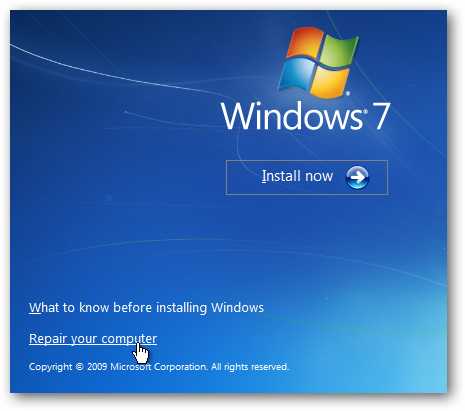If you’ve been following me, you probably noticed that I became quite excited with the new view engine of
ASP.NET MVC 3 – the razor view engine. If you’re familiar with it then you might agree or disagree with me, but if you don’t then this is a great time for you to make up your mind!
In this post I assume you are familiar with the concept of view engines. If not, please watch this before.
Let’s start.
At Sign (@) Galore
The razor view engine is all about the at sign (@). Unlike the inelegant <% %> signs of the common web forms view engine, here all you need is the at sign.
Basically, starting an expression with the at sign will lead to this expression being evaluated and output the result to the page. For example:
@DateTime.Now
This expression will end up printing the current date and time to the response stream. It is the equivalent of the following web forms view engine code:
<%: DateTime.Now %>
Note
At sign expressions are html encoded!
If you’re sure your output is OK and you don’t want it to be html encoded, you need to provide an IHtmlString object, or simply do:
@MvcHtmlString.Create("<b>BOLD!</b>")
By now some of you might be scratching your heads, moving anxiously in your sits or eating Ben & Jerry's uncontrollably… all of this because something is disturbing you with that line of code… something is missing…
It’s Magic! Magic!!!!!!11
Well, you were right! something is, indeed, missing… we only started the expression with the at sign, but we never told the framework where the expression ended!!! God help us all!!!
Do not worry. This is part of the charm of Razor – if your expression is a single call, there is no need to enclose it in some sort of way, you just write the expression after the at sign (and make sure it’s immediately after the at sign! for example, @ DateTime.Now will raise an exception).
Wait! But what about the times I wanna use blocks of code? or when I want to write out the result of 1 + 1? No problem, I have the solution for you! (how many times have you heard that before, right?)
So for simple expressions like additions (1 + 1, “Shay” + “ “ + “ Friedman”…) you enclose the expression in brackets. For example:
@(1 + 1)
@("Shay" + " " + "Friedman")
A Moment of Truth
What will happen if you write:
@"Shay" + " " + "Friedman"
?
... think for a moment ...
Answer: a "Parser Error" exception. Yes, get used to it.
Now, sometime you need actual code blocks like loops or conditions… and these brackets won’t help you there, son. And look carefully, because this is where it gets a bit… surprising.
Code Blocks and Razor Sitting in a Tree, K-I-S-S-I-N-G
Let’s start with the simplest use case – you want to set a variable within your view. How would you do that? @int a = 1; ? no no no. To do that, you enclose the code block within curly brackets, with an at sign at the beginning of course. For example, the next sample will output 1 to the page:
@{
int a = 1;
}
@a
This was a very simple sample though… what about conditions for example? I’m glad you asked!
One way to write conditions (or any block of code), is by using the curly brackets solution:
@{
string s = String.Empty;
if (DateTime.Now.Year == 1980)
{
s = "Man you're so 80's!";
Read more:
IronShay Posted via email from .NET Info










